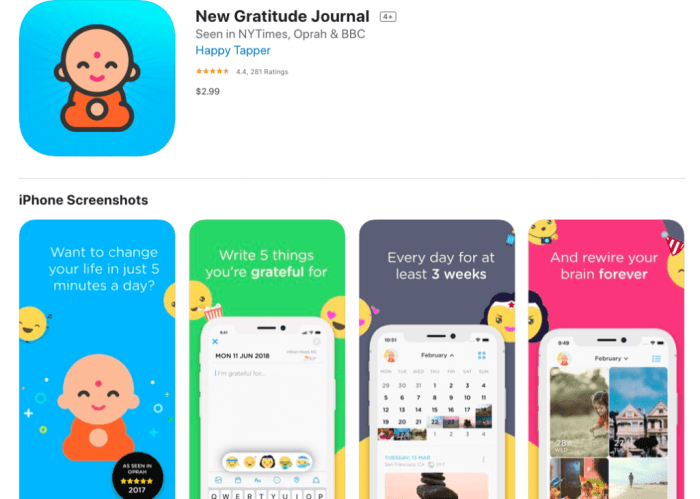Gratitude Journal App development presents a compelling opportunity within the burgeoning self-improvement app market. This isn’t just another journaling app; it’s a carefully crafted tool designed to cultivate a positive mindset and enhance overall well-being. Success hinges on a robust understanding of the market, innovative features, a strategic monetization plan, and a focused marketing approach.
We will dissect each of these crucial elements, providing a clear roadmap for creating a truly impactful and profitable application.
The market analysis reveals a growing demand for apps that promote mental wellness, with users actively seeking tools to track their gratitude and improve their emotional state. Understanding user needs and preferences is paramount, necessitating a deep dive into demographics, psychographics, and competitor analysis.
Innovative features are essential for differentiation, and a well-defined monetization strategy is crucial for long-term sustainability. A comprehensive marketing plan, encompassing social media engagement and targeted advertising, is critical for achieving widespread adoption and user retention. The app’s success ultimately rests on its ability to foster a thriving community and provide ongoing value to its users.
Market Analysis of Gratitude Journal Apps

The market for gratitude journal apps is blossoming, reflecting a growing global interest in mindfulness and mental well-being. These apps offer a convenient and accessible way to cultivate gratitude, a practice linked to increased happiness and reduced stress. The market’s diverse offerings cater to various needs and preferences, presenting both opportunities and challenges for new entrants.
App Categories, Pricing Models, and Popular Features
Gratitude journal apps fall into several categories, including basic journaling apps, those incorporating guided meditations or prompts, and apps integrated with community features. Pricing models range from free, supported by ads or in-app purchases, to subscription-based models offering premium content and features.
Popular features commonly include daily prompts, customizable journal entries, mood tracking, visualization exercises, and progress tracking. Many apps also incorporate reminders to encourage consistent use. The competitive landscape is dynamic, with continuous innovation in features and user experience.
Leading Competitors and Feature Comparison, Gratitude journal app
The following table compares three leading gratitude journal apps, highlighting their key features, pricing, and user ratings based on aggregated reviews from various app stores. These ratings represent a snapshot in time and can fluctuate.
| App Name | Key Features | Pricing | User Rating (out of 5 stars) |
|---|---|---|---|
| Day One | Journaling, photo integration, location tagging, cloud syncing, customizable themes. Focuses on broader journaling but allows for gratitude entries. | Freemium (in-app purchases for premium features) | 4.5 |
| Gratitude: Daily Journal | Daily prompts, mood tracking, personalized reminders, progress visualization, simple interface. Dedicated to gratitude journaling. | Free (with ads) / Subscription for ad-free experience and premium features | 4.2 |
| Reflectly | AI-powered journaling, personalized insights, mood tracking, integration with other wellness apps. Offers gratitude prompts amongst other journaling styles. | Freemium (in-app purchases for premium features) | 4.6 |
Target Audience for Gratitude Journal Apps
The target audience for gratitude journal apps is broad, encompassing individuals seeking to improve their mental well-being, manage stress, or cultivate a more positive outlook. Demographics might include adults aged 25-55, with a higher concentration among women. Psychographically, the target audience often includes individuals interested in self-improvement, mindfulness, and personal growth.
They are likely to be tech-savvy and open to using mobile apps for personal development. This segment also often overlaps with users of other wellness and mindfulness apps, creating opportunities for cross-promotion and integration.
Closure
Developing a successful gratitude journal app requires a multifaceted approach. From thorough market research and innovative feature design to a robust monetization strategy and a compelling marketing plan, each element plays a vital role. Prioritizing user experience, fostering community engagement, and consistently gathering user feedback are crucial for long-term success.
By carefully considering these factors, developers can create an app that not only meets user needs but also contributes meaningfully to their overall well-being. The potential for positive impact, coupled with the financial viability of this market segment, makes this a truly rewarding endeavor.
